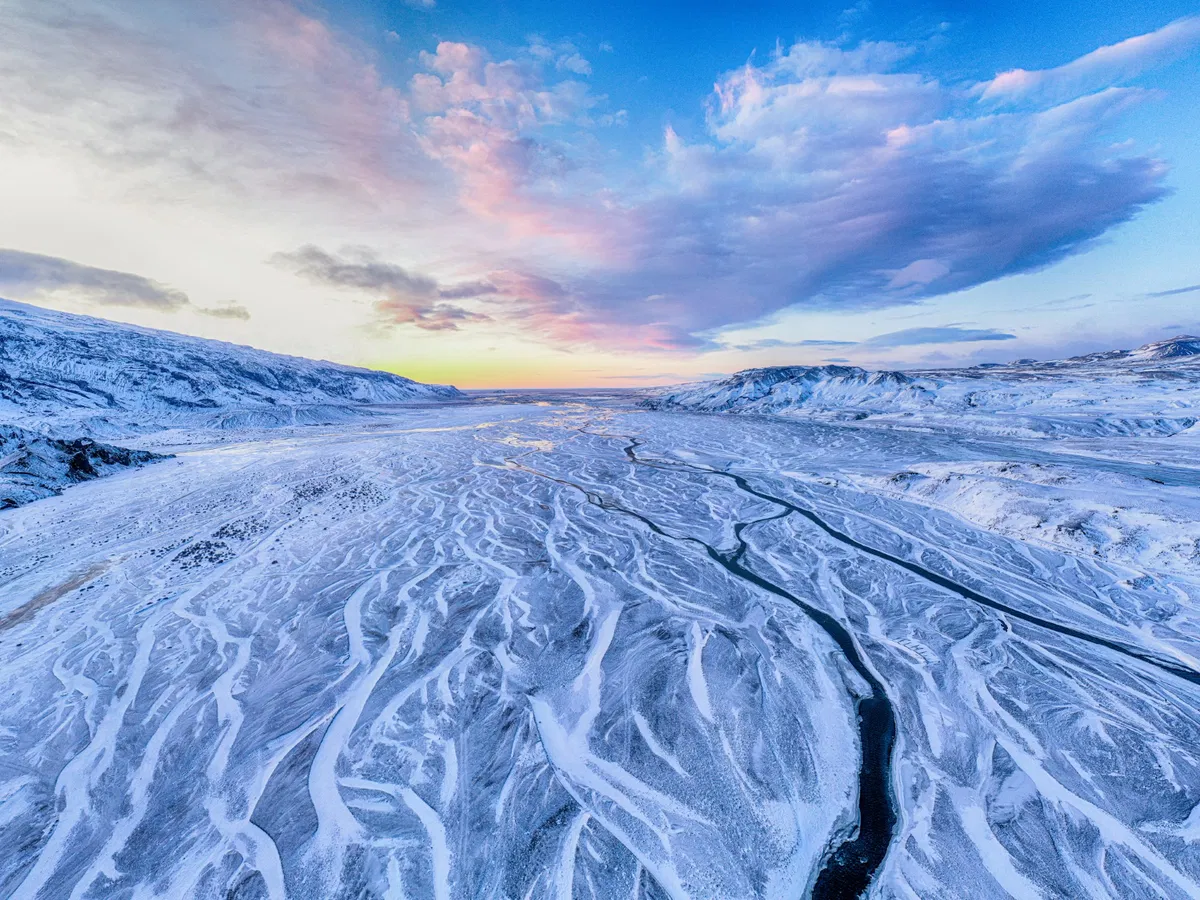Copyright euroweeklynews

Scientists have uncovered human remains beneath the Antarctic ice, a discovery that has the potential to reshape our understanding of the frozen continent. The remains, unearthed during a recent expedition, have sparked global interest due to their age and location. For decades, Antarctica has been considered largely uninhabited until the era of modern exploration in the 19th and 20th centuries. This new evidence suggests that humans may have ventured into the continent far earlier than previously documented, raising important questions about early migration and survival strategies in extreme environments. Details of the Discovery Location and Initial Findings The remains were found embedded in ice layers that have been radiocarbon-dated to suggest a surprisingly early presence of humans on the continent. Preliminary examinations indicate that the bones belong to at least one adult individual, although additional remains are still being analysed. Researchers involved in the expedition reported that the condition of the skeleton and the surrounding material suggests careful preservation by natural freezing processes, which has allowed it to survive for centuries. While the exact circumstances of how humans arrived in this region remain unknown, the discovery challenges the assumption that Antarctica was entirely untouched by humans before modern exploration. Implications for Historical Timelines Rethinking Early Human Exploration The discovery has prompted historians and archaeologists to reconsider established timelines for human activity in Antarctica. Until now, documented human presence was largely limited to the 19th century, associated with whalers, sealers, and early scientific expeditions. The newly discovered remains suggest that humans may have been capable of reaching, surviving, or at least temporarily occupying Antarctic regions much earlier than previously thought. Experts caution that further analysis is required to determine whether this was part of an organised expedition, accidental drift, or other unknown circumstances. Regardless, the find offers a unique opportunity to learn about human resilience and adaptability in extreme climates. Scientific Investigation Underway Multidisciplinary Teams Examine Evidence A multidisciplinary team of archaeologists, forensic anthropologists, and glaciologists are examining the remains, so far they have confirmed that it consists of a young adult female in her 20’s from Chile who lived between the years 1819 and 1825. DNA analysis and isotopic testing are expected to provide further insight into the individual’s origin and lifestyle. In addition, researchers are studying the ice layers surrounding the skeleton to reconstruct the environmental conditions at the time. The findings could shed light not only on the history of human presence in Antarctica but also on how climatic and geographical factors influenced early exploration patterns in the Southern Hemisphere. Female human remains discovered beneath Antarctic ice could rewrite historical timelines. Preliminary analysis suggests humans were present on the continent earlier than previously thought. Multidisciplinary investigations are ongoing The discovery challenges assumptions about the history of human exploration in extreme environments. Potential Rewriting of Antarctic History If confirmed, the discovery may lead to a major reassessment of early Antarctic history. Researchers are already debating the possible implications for global migration patterns, survival strategies, and interactions with extreme environments. The find also raises questions about whether other undiscovered sites might exist, hidden beneath layers of ice, waiting to reveal forgotten chapters of human history. Awaiting Further Analysis and Results Scientists stress that while the discovery is groundbreaking, definitive conclusions about why humans were present in Antarctica at such an early time will require extensive study. Future expeditions are planned to explore nearby ice layers and investigate the potential presence of additional remains. For historians, archaeologists, and the public, this discovery represents an unprecedented opportunity to gain a new perspective on human adaptability, exploration, and survival in one of the most extreme environments on Earth.



